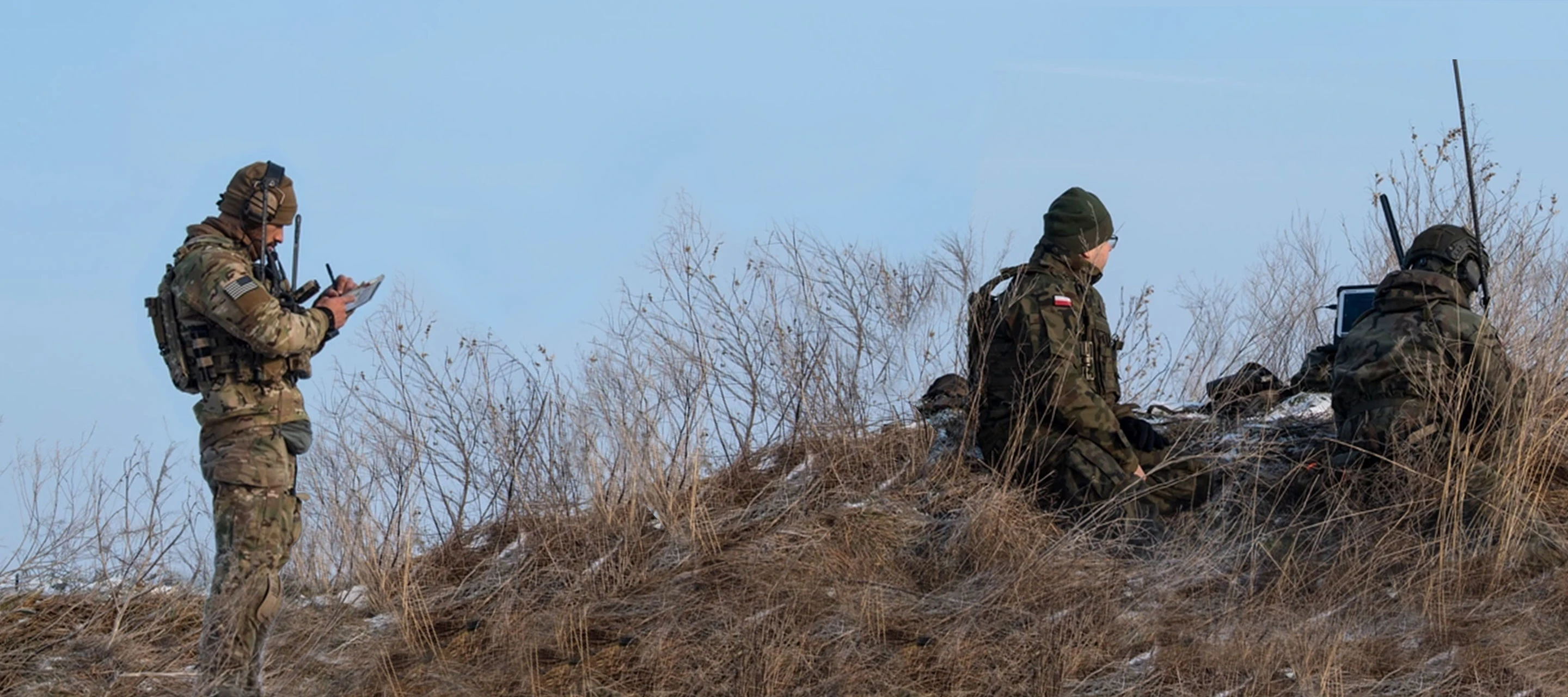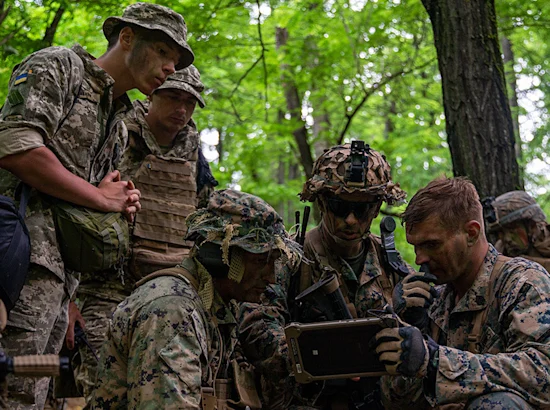As is often in the headlines these days, the United States increasingly relies on coalitions as we engage with nations around the world. Beyond our borders, the global trend toward coalitions requires secure environments where intelligence and armed services personnel can work together, communicate, and share sensitive information. Mission Partner Environments (MPEs) enable this collaboration.
Today, GDIT provides MPE support to all of the U.S.’s Combatant Commands. Our teams design, build and maintain secure, stable environments that enable voice communication, electronic information sharing, video conferencing and more. Developed to be both a method of communicating, intelligence-sharing and command and control enablers, MPEs are an essential tool in diplomacy during peacetime and in conflict.
GDIT currently operates and sustains the largest MPE for the Department of Defense. Our continual innovation and modernization of MPEs are creating ever-more responsive, resilient, and flexible systems that can be rapidly deployed to respond to real-world events.
Some of the systems GDIT operates and sustains can securely connect 30 to 40 defense ministers or intelligence leaders from around the world at a moment’s notice. They have been used as a critical tool for information- and intelligence-sharing throughout the U.S. European Command (USEUCOM) over the last few months.
From an IT perspective, MPEs are required to apply strict, multi-level security rules and access controls across classification levels. The MPE’s must also be designed to follow strategic agreements and treaties such as the numerous bilateral and multilateral information-sharing agreements between the U.S. and its allies. Recent policy for secure information sharing has opened up new technological approaches for enabling complex access management and zero trust concepts. This results in more rapid and flexible information exchange and enhanced interoperability with coalition partners. Referred to as data-centric security architectures, these systems provide new opportunities to achieve DoD’s evolving information sharing goals to protect national interests.
Put plainly, GDIT operates and sustains the most mature, elaborate, extensive and capable MPE in operation today. Utilizing cross-domain solutions from General Dynamics Mission Systems, GDIT deploys MPE environments quickly and in the context of the mission and the uniqueness of the requirements of modern-day MPEs.
Around the world, MPEs are used in a variety of ways. For example, some connect mission partners across a vast geographical area and a diverse number of cultures and languages. Others allow partners to work together to analyze data to determine risks to life safety. Without question, MPEs are vitally important to fostering collaboration and communication to all users.
In the United States as well as in other nations, defense leaders are using diplomacy as a means of tactical intelligence. MPEs securely, and in real-time, facilitate this essential brand of communication and coordination.
As data volumes grow and as the types of data shared between combatant commands becomes more varied and more complex, defense leaders will increasingly rely on partners with knowledge of emerging technologies and a legacy understanding of the unique requirements of MPEs.
At GDIT, we believe our established and proven performance in this space positions us especially well to design MPEs that reflect both the future of technology and the future of global diplomacy.






